Phrygians
Q149386Phrygians: an ancient nation in western Turkey. Their capital was Gordium.
Origin
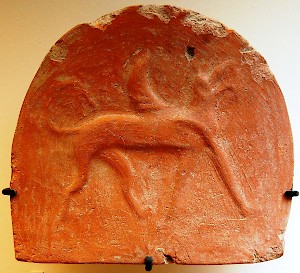
Compared to several other nations in Anatolia, the Phrygians were newcomers. Although their language has to be reconstructed from names, quotes, and a mere 350 inscriptions, and is consequently not very well-known, it is certain that it is related to the languages of the southern Balkan Peninsula. This confirms a statement by the Greek researcher Herodotus of Halicarnassus that the Phrygians were in fact Thracian Brygians who had once crossed the Hellespont.note This seems to have happened in the ninth century, when Gordium was founded.
However, it is possible that the first Phrygians were already in Anatolia in the eleventh century, because the Assyrian king Tiglath-Pileser I (r.1114-1076) refers to the "Muški" he defeated near the Euphrates, and this name was later applied to the Phrygians. Of course, it is possible that the Assyrians used the same word for two ethnic groups, but it cannot be excluded that early Phrygian raiders reached the Euphrates. These early raiders may or may not have been related to the inhabitants of Troy VIIb.
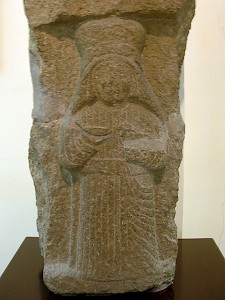
It is also possible that in the course of the eighth century, some Phrygians moved all the way to Tyana in southern Cappadocia. The evidence, however, is quite weak: the identification of a man named Mit-ta-a, mentioned in Assyrian sources, with the legendary Phrygian king Midas. We will discuss this below.
However this may be, the main group built a kingdom near Gordium, controling the vast plains near modern Sivrihisar; and another group of Phrygians stayed near the Hellespont, and founded Dascylium. In this age, the country controlled by the Phrygians was larger than the country that later geographers called Phrygia. They accepted many customs from their new subjects, like the cult of the great Mother of the gods.
Legendary Kingdom
The Phrygians of Gordium created a large kingdom, which occupied the greater part of Turkey west of the river Halys. It was a real state, no longer a tribal society, as can be deduced from about 260 inscriptions in the Phrygian language, found in this heartland. There were contacts with Delphi in the west,note and with Urartu and Assyria in the east, to which Gordium was connected by the Royal Road.
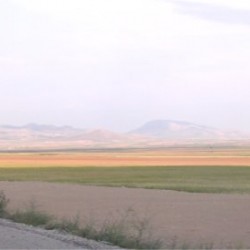 The Phrygian plain, somewhere west of Sivrihisar (Turkey) |
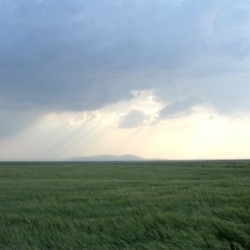 Evening at the Phrygian plain |
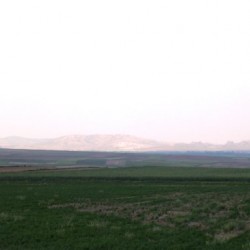 Phrygia, the mountains north of Sivrihisar |
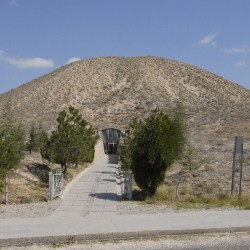 Great tumulus |
The most famous king of Phrygia was Midas, who is known from Greek legends and perhaps also from contemporary Assyrian sources, which refer to an Anatolian ruler named Mit-ta-a. During his reign, a nomadic tribe called Cimmerians invaded the country, and in 710/709, Mit-ta-a was forced to ask for help from the Assyrian king Sargon II. Unfortunately, this did not prevent the Cimmerian invasion. In 696/695, Midas committed suicide after a lost battle.note (The large tomb now called "Midas' Mound" is too old to be the final resting place of the last king of Phrygia.)
After half a century of confusion, in which small Phrygian principalities survived, western Turkey was reunited by the Lydians, whose first great king was Gyges (c.680-c.644). One of his successors Alyattes (c.600-560), built a massive fortress on a hill near the citadel of Gordium. From this moment on, Phrygia was no longer a political unit, but, to paraphrase Metternich, "just a geographic concept".
Satrapy
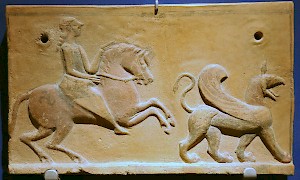
When Lydia was conquered by king Cyrus the Great (after 547), Phrygia became a satrapy of the Achaemenid Empire. Together with Paphlagonia and Mysia, Phrygia was one tax district.note The population retained some of its ancient characteristics. There was continuity in architecture, language (110 inscriptions), agriculture (animal husbandry), and especially religion: the cult of the Mother of the gods in Pessinus, where the goddess was venerated together with Attis, the cult of Men, and the cult of Sabazios are examples.
A Persian garrison was stationed in Gordium, and was still there in the last months of 334, when the Macedonian commander Parmenion, the right-hand man of Alexander, captured the city. This may suggest continuity, but on the other hand, there had been changes. For example, the satrapy had, at the end of the sixth century, been divided into two parts: Greater Phrygia in the south and Hellespontine Phrygia in the northwest.
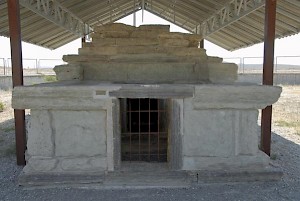
After the troubles following the death of Alexander in 323, Greater Phrygia was first ruled by Antigonus the One-Eyed, but after the battle of Ipsus (301) by the Seleucid kings of Asia. In the third century, the Galatian Celts, defeated by Antiochus I Soter, settled in northeastern Phrygia, where Ancyra was one of their towns. Other settlers were Jews: 2,000 families were deported by Antiochus III the Great.note The region was gradually taken over by the Attalid rulers of Pergamon, and eventually by the Romans.
Roman Province
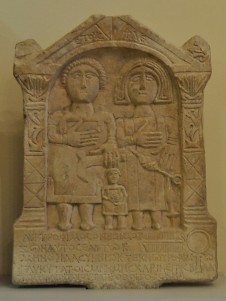
Originally, Phrygia belonged to the province of Asia, but the borders were rearranged on several occasions and we find substantial part of the old kingdom - including Pessinus and Gordium - within the province of Galatia. During the reign of the emperor Augustus, urbanization started. Christianity is attested quite early: the apostle Paul dedicated one of his epistles to the Galatians.
In 386, the Roman emperor Theodosius I the Great settled Visigoths in the region, who revolted in 399 but were repressed. It comes as some surprise to learn that there were still people speaking Phrygian in the fifth century.note
Phrygia remained part of the Byzantine Empire until the late eleventh century.